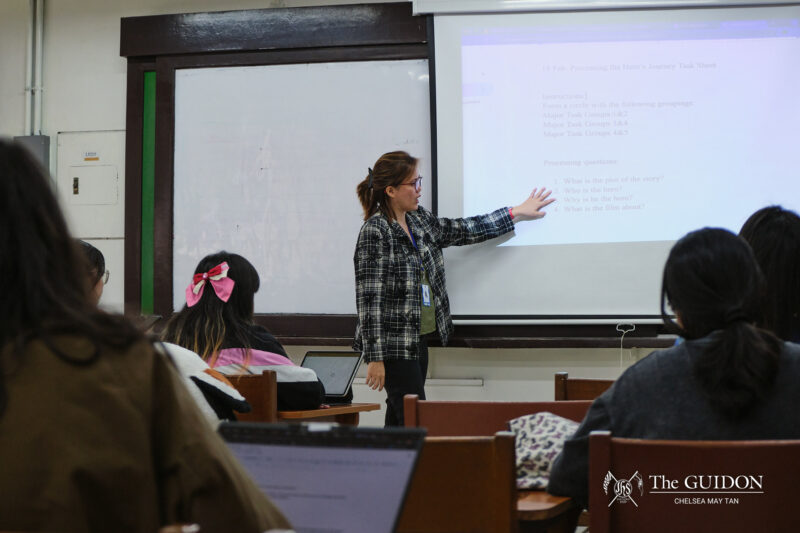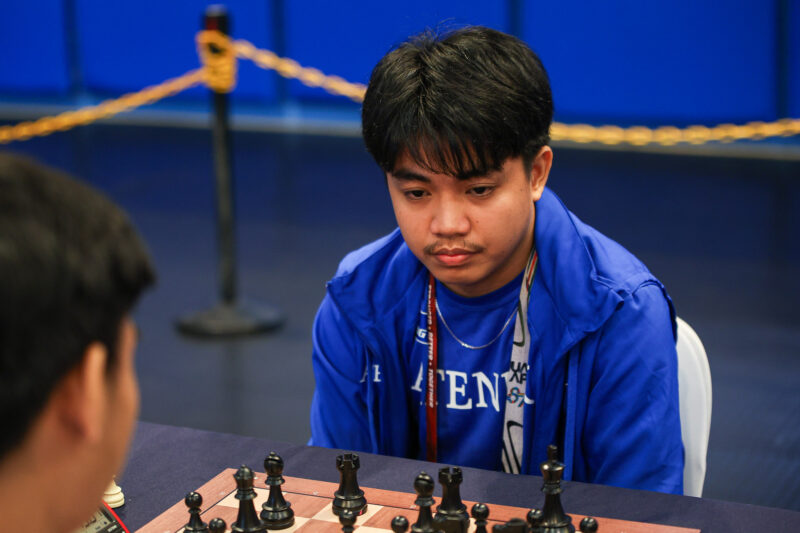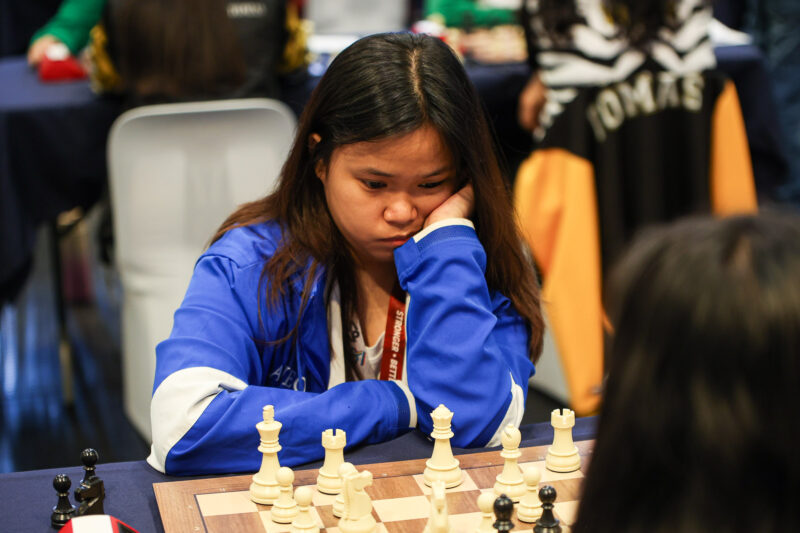A century and a half has passed since Jose Rizal came to life in the quaint little town of Calamba, Laguna. Within that long span of time, the Philippines has seen a revolution, battled three foreign aggressors, survived a costly world war, witnessed the rise and fall of a dictator and lived through the comings and goings of several presidential regimes.
Whether or not Rizal’s legacy has remained strong in the hearts and minds of the Filipino people since his death is a matter that remains to be debated upon. But perhaps this debate strikes a particularly moving chord in the Ateneo—Rizal, after all, says that he could not have become the man he became were it not for his Atenean education. On May 1882, as Rizal left for Europe, he wrote in his diary: “I owe much to [the Jesuits]—almost everything that I am and stand for.”
Ambeth Ocampo, Chair of the History Department and the country’s foremost scholar on Rizal, speaks of the great impact that the Ateneo has had on Rizal. “I think [Rizal] took his Ateneo education too seriously. If he were more practical, he would have still been alive [after December 30, 1896],” he says.
A bygone Ateneo
In his memoirs, Memorias de un estudiante de Manila, Rizal wrote that he had entered the Ateneo in the year 1872 at the sprightly young age of 11.
Rizal had been initially denied admission into the school. His late application and weak demeanor was frowned upon by the Jesuit priest in charge of admission. Had it not been for the connections of a family acquaintance, the school almost let the opportunity to educate the country’s eventual national hero slip.
The Ateneo in Rizal’s time was vastly different from the way it is today. The school back then was situated in Intramuros, the walled portion of the country’s capital. At that time, only male students were admitted, and Spanish was the medium of instruction, save for lessons in Greek and Latin.
In Rizal and the Emergence of the Philippine Nation, Fr. Jose Arcilla, SJ explains that the Ateneo Municipal offered two programs of study during Rizal’s time. What Rizal took was a five-year estudios generales that led to a Bachelor of Arts degree.
The Ateneo journey
Contrary to popular belief, Rizal was not immediately the intellectual genius he was later known to be. Throughout his time in the Ateneo, Rizal was a good student, but he was not always the best. He had to work his way toward excellence. Later on, though, Rizal’s stay in the Ateneo would be marked by his passionate pursuit to be the top-ranked student in his class.
Rizal’s first year in the Ateneo was a period of significant transition and change in his life, since he began the year at what could have been the lowest point of his youth. He started school at the bottom rank of his class due to his late registration. Furthermore, not only did he have to adjust to the Manila urban life and the rigors of a Jesuit education; he also had to cope with the stress of his mother’s unjust incarceration by Spanish authorities. Yet even though the odds were stacked against him, Rizal still received honorable mentions in all of his subjects by the end of first year.
Rizal’s mother was still in prison when he began second year. However, that did not stop the twelve-year-old probinsyano from further improving his academic performance. In a journal article entitled “Rizal’s Record at the Ateneo,” Fr. Raul Bonoan, SJ wrote that Rizal won his first medal in his second year for receiving good citations in five aspects—conduct, effort, Latin, geometry, and geography. Accordingly, Rizal would climb in rank as fifth in his entire class.
In his third year, Rizal would rank three places higher to become second place overall. Bonoan explained that Rizal had been awarded another medal due to the fact that the thirteen-year-old had not only equalled most of his honors from the previous year, but had also bested the rest of his classmates in Latin.
It was during his fourth year that Rizal moved in as an on-campus boarder with the Jesuits. Prior to this, he had been moving from one dormitory to another, and his displeasure towards his previous living quarters may have contributed to his underperformance in school during the preceding years. Bonoan wrote that it was during this year that Rizal ranked first in class, winning four medals by year end.
This period was also the time when Rizal’s relationship with the Jesuits blossomed, strengthening his Catholic faith. Rizal wrote in his memoirs that he would frequently seek spiritual guidance from the priests in school. According to Bonoan, the 15 year-old even became the president of a student group called the Sodality of Our Lady.
In his fifth and final year of the course, Rizal would outshine the rest of his classmates. As if graduating from the prestigious Ateneo was not already a great achievement in itself—only 12 of around 50 students in Rizal’s freshman class managed to stay for the entire duration of the five-year course—Bonoan wrote that the 16 year-old Rizal graduated from the school as the “undisputed first.”
An enduring legacy
Fast forward his final years—and Rizal had changed a lot. The young boy who graduated from the Ateneo Municipal many years before would be a challenge to make out from the adult he had become—a central figure in the Filipino reformist movement in Spain, a writer of hard-hitting political novels that lambasted both Spanish and Church abuses, and a seeming Casanova on the side. He had embraced the values of the Enlightenment, and had even turned to freemasonry.
And yet Rizal’s special relationship with the Ateneo still stood. Even in Noli Me Tangere and El Filibusterismo, he painted the Jesuits with noticeable affection, in contrast to the negative portrayal of other religious orders. In his later years, it was the Jesuits, out of all the men of the cloth, who he corresponded with, debating with them on matters such as religion and the fate of the islands. As he walked to his execution grounds on December 30, 1896, two Jesuits were flanked by his side.
Indeed, Rizal and the Ateneo have been significant parts of each other. However, it’s not easy to point out where Rizal’s legacy stands in today’s Ateneo. Ateneans hold different opinions with regard to the memory of their one-hundred-and-fifty-year-old colleague.
For Claudia Vega, the Sanggunian School of Management School Board Chair, Rizal “remains to be significant to Ateneans because to this day, we face similar challenges of having to do our part in the awakening of national consciousness,” a task that Rizal intended to do with novels.
Meanwhile, Sanggunian Secretary-General Ian Agatep says, “May nakikilala tayong nilalang [kay Rizal] na sadyang huwaran at patuloy na nagbibigay inspirasyon sa bawat Pilipino. (We see in Rizal a man who truly serves as a model and gives inspiration to all Filipinos.)”
For his part, Samahan sa Pilosopiya President Jeff Chua says, “Rizal’s work is relevant not only because his social realities bespeak ours; [it’s also] because his human condition makes space for his work to speak to us.” He identifies reading Rizal as a practice of dialogue, “not only between past and present, but ultimately with ourselves.”
This would seem tragic, then, when taken with together with these words of Ambeth Ocampo: “Unfortunately, nobody comes to [Rizal’s] level because nobody reads him. He wrote a lot for a nation that does not read.”
If anything, though, this clearly signifies a greater need to mull over what Ocampo believes is Rizal’s greatest legacy: “[His] life is basically a challenge to be better than what you are and to see beyond yourself.”
Transformation
In the Rizal in the Ateneo, The Ateneo in Rizal exhibit currently running at the Ateneo Art Gallery, an entire wall is dedicated to a quote from the hero on his feelings towards his Ateneo education. “I had entered college still a boy, possessing only a limited knowledge of the Spanish language, my intelligence only moderately developed, and my emotions scarcely cultivated,” he wrote. “By dint of study, of self-analysis, of aspiring to ever greater heights, and of countless corrections, I began to be transformed little by little, thanks to the beneficent influence of a zealous professor.”
And yet it seems that the “transformation” Rizal spoke of was not a one-dimensional affair. While Rizal considered his stay in the Ateneo transformative, the people who now enjoy the fruits of his spilled blood would agree: his stay proved just as transformative for the Ateneo, its community, and, indeed, for the greater Filipino nation.







